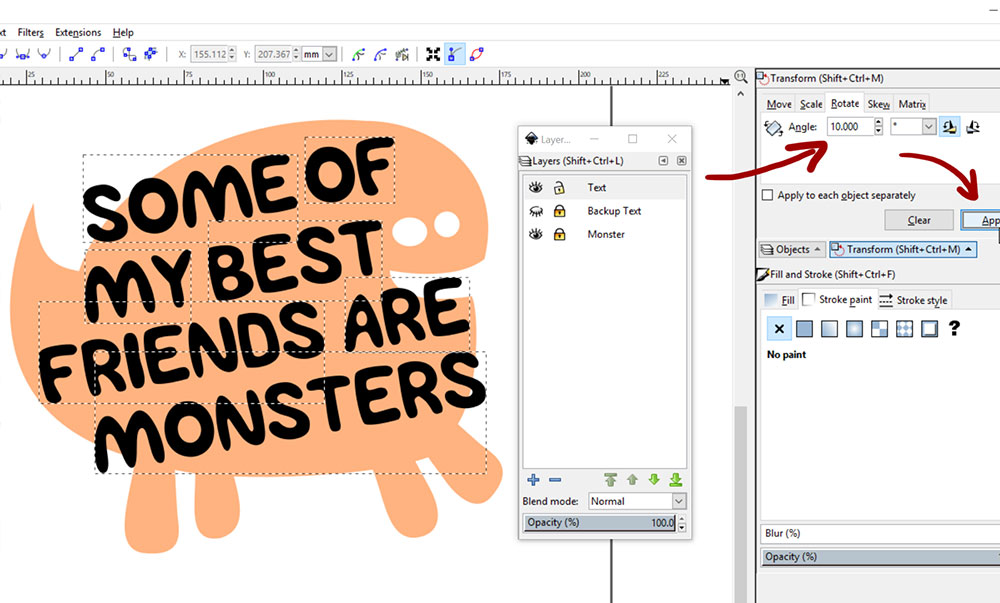
It’s important to get the most recent stable version of Inkscape. This is covered well on the Inkscape website, so I won’t repeat it here. In this article, I hope to show you some techniques you can build on for making your own patterns. Just one of the features I use quite often ( creating a circle from a centre point and a point on the circumference in other words, emulating a compass) isn’t built in, but can be done with a simple sequence of operations. Thankfully, the free drawing packing Inkscape has almost all of the features I need. CAD packages also don’t tend to have many artistic functions. Most of the operations (including drawing from one intersection to another, rotating objects around a point, buffering lines into polygons) can be done by CAD packages, but these often have a steep learning curve.

Consequently, I looked around for a good, free tool that people could use to start making these drawings. Not being that great with manual dexterity, I’ve found these much slower to draw than I could on a computer. I’ve been following Eric Broug‘s methods of construction that use a ruler and compass exclusively. “ A close up of by Usman Ghani” by Usman.pg – Licensed under CC BY-SA 3.0 via Wikimedia Commons. Here’s an example of the larger patterns in context: When I refer to Islamic Geometric Design, I’m more talking about the frameworks, repeat units or grids that are the starting point for the intricate and hypnotic abstract designs that have traditionally been used in Islamic architecture for over a thousand years. Clues include posts like this, this, also this, and maybe even this. The next time you start Word, you'll see the fonts you added in the Font list.You might have noticed that I’ve become a bit obsessed with Arabic/Islamic geometric designs lately. In Windows 8.1, go to Control Panel > Appearance and Personalization > Fonts.

In Windows 7 and Windows 10, go to Control Panel > Fonts. If you want to see what a font looks like, open the Fonts folder, right-click the font file, and then click Preview.Īnother way to see your installed fonts is through Control Panel. You can also add fonts by simply dragging font files from the extracted files folder into this folder.

Here are two other ways to install and manage fonts:Īll fonts are stored in the C:\Windows\Fonts folder. Your new fonts will appear in the fonts list in Word. If you're prompted to allow the program to make changes to your computer, and if you trust the source of the font, click Yes. Right-click the fonts you want, and click Install. Now you'll see the available TrueType and OpenType font files: If the font files are zipped, unzip them by right-clicking the. zip folder, you might find several variations on the same font, such as “light” and “heavy.” A. Note: Before you download a font, make sure that you trust the source.


 0 kommentar(er)
0 kommentar(er)
